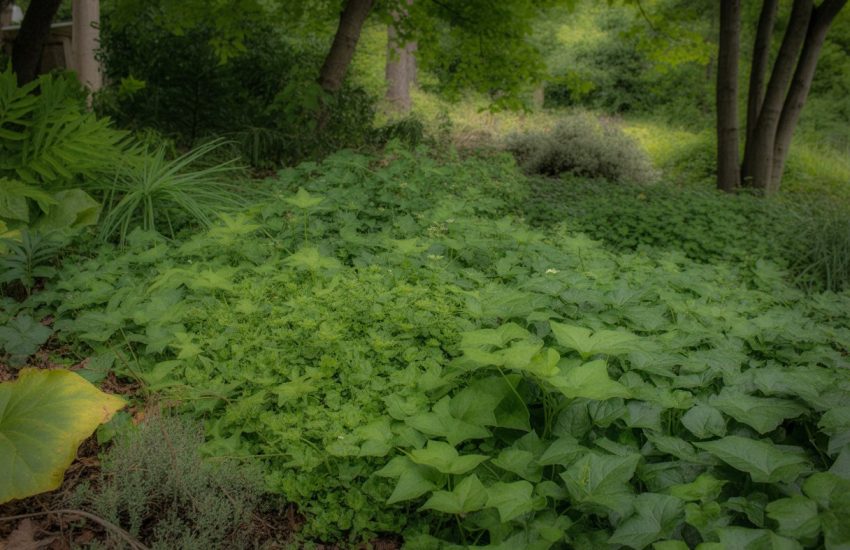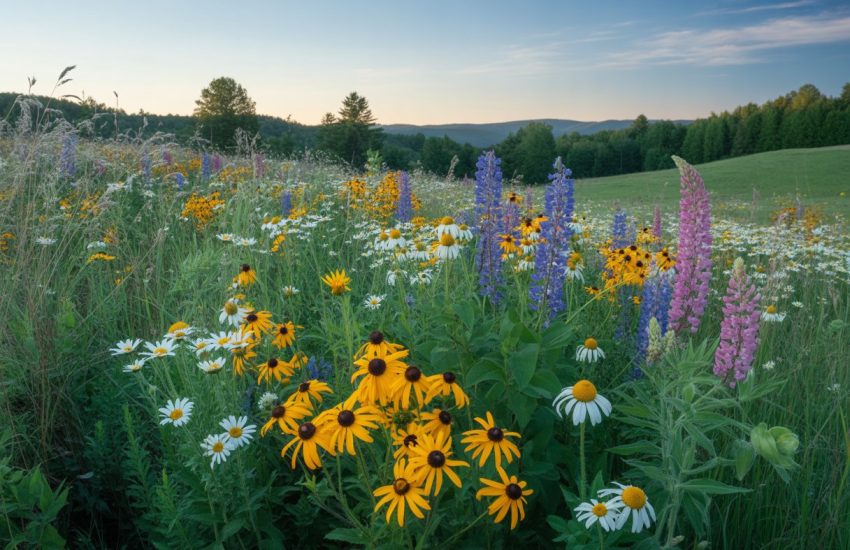How to Care for Pansies in Pots: Essential Tips
Pansies are a popular choice for gardeners due to their vibrant colors and ability to bloom in colder weather. Growing them in pots is a great way to add color to small spaces or to decorate patios and balconies. However, caring for pansies in pots requires some attention and care to ensure they thrive.

Firstly, it is important to choose the right container for the pansies. The pot should be at least 6 inches deep and have drainage holes to prevent water from accumulating and causing root rot. Additionally, using a high-quality potting mix with added perlite or vermiculite can help improve drainage and provide the necessary nutrients for the pansies to grow.
Secondly, proper watering is crucial for the health of pansies in pots. They require consistent moisture, but overwatering can lead to root rot and other diseases. It is recommended to water the pansies when the top inch of soil feels dry to the touch. During hot weather, they may require watering twice a day to prevent the soil from drying out.
Overall, with the right container, potting mix, and watering schedule, caring for pansies in pots can be a rewarding experience for any gardener.
Selecting the Right Pot and Soil for Pansies
When it comes to growing pansies in pots, selecting the right container and soil is crucial for their health and growth. In this section, we will discuss two important aspects of planting pansies in pots: choosing the right container and preparing the ideal soil mix.
Choosing the Right Container
The container you choose for your pansies should be large enough to accommodate their roots and provide adequate drainage. Pots made of plastic or clay are great options for growing pansies. Plastic pots are lightweight and easy to move around, while clay pots are more durable and can add a decorative touch to your garden.
It is important to ensure that the pot you choose has drainage holes at the bottom. This will allow excess water to drain out of the pot and prevent waterlogging, which can lead to root rot.
Preparing the Ideal Soil Mix
Preparing the right soil mix is essential for the healthy growth of your pansies. A good potting mix should be well-draining, nutrient-rich, and contain organic matter.
To prepare the ideal soil mix for your pansies, start by selecting a high-quality potting soil from your local garden center. Look for a mix that contains perlite or vermiculite, which will improve drainage and aeration.
Next, add organic matter such as compost or peat moss to the potting mix. Organic matter will help to retain moisture and provide essential nutrients to your plants.
Mix the potting soil and organic matter together in a ratio of 2:1, respectively. Fill the container with the soil mix, leaving about an inch of space at the top to prevent water from overflowing.
In summary, selecting the right pot and soil for pansies is crucial for their health and growth. Choose a pot made of plastic or clay with drainage holes at the bottom, and prepare a well-draining, nutrient-rich soil mix with organic matter. By following these guidelines, you can ensure that your pansies thrive in their new home.
Caring for Pansies in Pots
Pansies are a popular choice for container gardening due to their vibrant colors and compact size. This section will cover the essential aspects of caring for pansies in pots, including watering and fertilization, sunlight and temperature considerations, deadheading and pruning, and protecting pansies from pests and diseases.
Watering and Fertilization
Regular watering is crucial to keep pansies healthy and blooming. Pansies in pots require more frequent watering than those grown in the ground. It is recommended to water them when the top inch of soil feels dry. Slow-release fertilizer can be added to the potting mix at the time of planting. Alternatively, a liquid fertilizer can be applied every two weeks during the growing season.
Sunlight and Temperature Considerations
Pansies prefer cool temperatures and partial shade. In hot climates, they should be placed in an area with morning sun and afternoon shade. During the fall and winter, pansies can tolerate frost and even snow. However, in the summer, they may become leggy and stop blooming if exposed to too much heat.
Deadheading and Pruning
Deadheading spent blooms is essential to encourage more flowers and prevent seed formation. Pansies can also become leggy if not pruned regularly. Pruning can be done by cutting back the stems by about half their length.
Protecting Pansies from Pests and Diseases
Pansies are susceptible to pests such as aphids and slugs, as well as diseases like powdery mildew. To prevent these problems, it is recommended to use insecticidal soap and copper fungicide. Regular watering and slow-release fertilizer also help to keep pansies healthy by providing the necessary moisture and nutrients.
Overall, caring for pansies in pots requires regular attention to watering, fertilization, sunlight, and temperature. Deadheading and pruning are also crucial to keep them blooming and prevent legginess. Protecting pansies from pests and diseases ensures their longevity and continued beauty.


